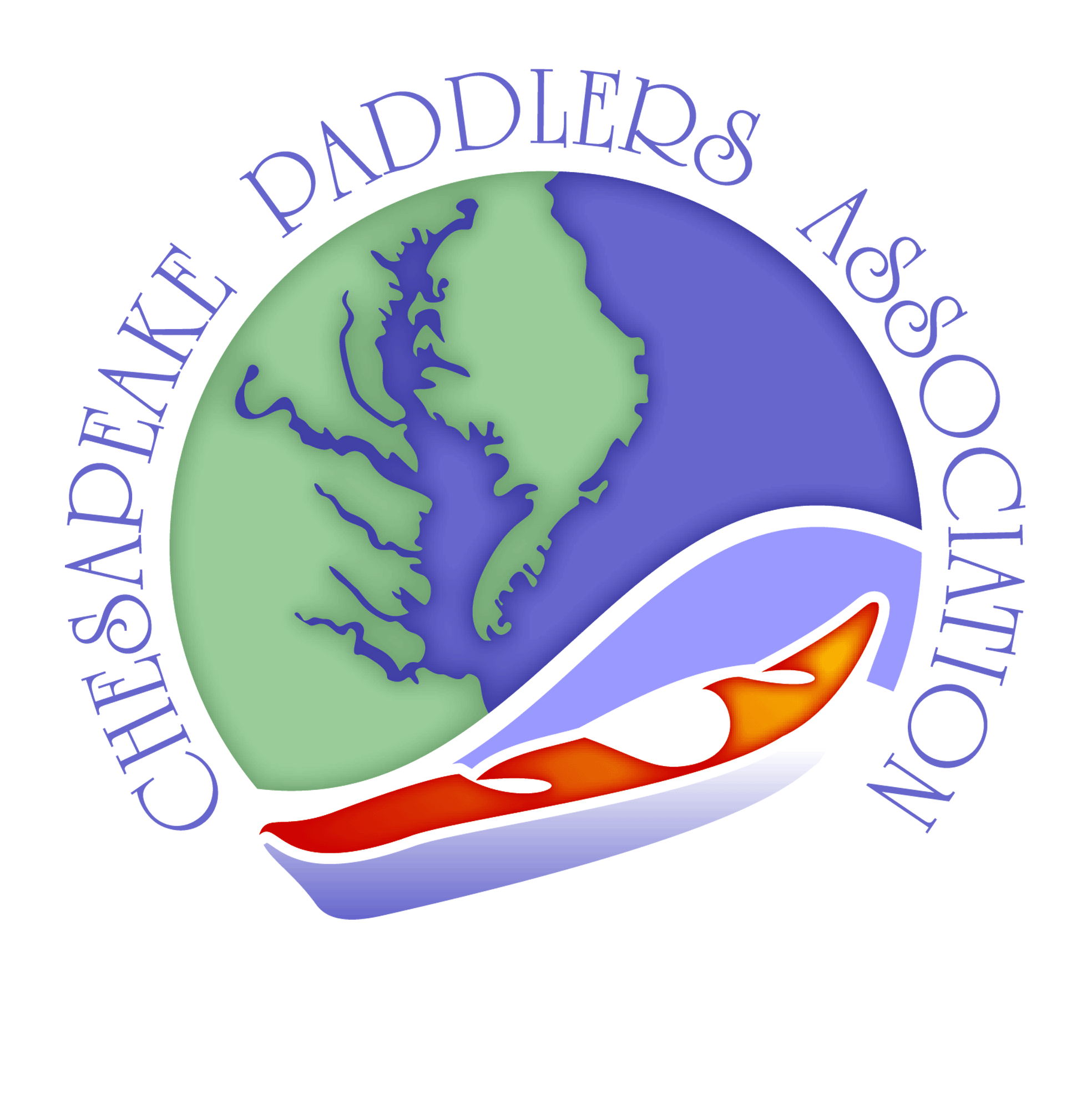It’s been a hot summer so far and it is only July. Kayaking can be a great way to beat the heat, but we also need to be aware of the dangers. One issue that I have seen when paddling in hot weather is heat exhaustion. Heat exhaustion is a condition that occurs when your body overheats due to prolonged exposure to high temperatures, especially when combined with high humidity and physical exertion. It can lead to heat stroke if not promptly treated. Heat exhaustion may be seen when you have exposure to high temperatures, particularly when combined with high humidity and vigorous physical activity. Dehydration is also a factor.
Symptoms of heat exhaustion include:
- Heavy sweating
- Weakness or fatigue
- Dizziness or lightheadedness
- Nausea or vomiting
- Headache
- Muscle cramps
- Rapid pulse
Every paddler should know these symptoms and monitor themselves. It’s better to treat heat exhaustion before it becomes a more serious problem as heat exhaustion can progress to heat stroke, which is a medical emergency.
Treatment includes:
- Moving to a cooler Place if possible. Look for shade, or if you are at the launch, get into an airconditioned car.
- Stop all physical activity and rest. You may request a tow, or if you are paddling with someone who is showing signs of heat exhaustion, convince them to accept a tow.
- Hydrate: Drink plenty of fluids, preferably water or a sports drink containing electrolytes. Avoid caffeinated or alcoholic beverages.
- Get wet. Take advantage of the water we are paddling in to help cool off. Also, the ice pack in your lunch box can be used to cool off.
Prevention is much better than treatment. We always remind people to take frequent water breaks. Many people prefer a hydration pack as opposed to water bottles since it is easier to carry drink while on the move. Don’t wait until you are thirsty to drink. Also consider adding electrolytes, especially if you are prone to getting cramps. Clothing can also help. Light weight clothing that offers protection from the sun and that dries quickly will help keep you cool. Hats are a must. Don’t forget the sunscreen. Sunburn affects your body’s ability to cool itself and can make you dehydrated.
Keeping Cool while Paddling.

Kayaking is a great sport for hot weather. The best way to stay cool is to drink lots of water and get wet. And the best way to get wet is to practice your rescues, wet exits, rolling, etc. If you don’t roll, and don’t want to do a full wet exit, you can do what we call the bow dip. Find a friend and position yourself at the bow of your friend’s boat. Lower yourself into the water while holding on to the bow of the other boat. Relax and enjoy cooling off. To come up, use your hips to draw the boat back under you keeping your head near your hands until you are back up.

And now I’m going to throw some “cold water” on using the bay for cooling. First, there are sea nettles, also known as Chrysaora chesapeakei. Contact with these can result in a rather nasty sting. The warm water can also be contaminated with farm runoff resulting in toxic algae blooms. Finally, bacterial levels can be high particularly after a heavy rain. Fortunately, we have tools to help predict where these events may be occurring.

Some helpful links:
Sea Nettle Probability: https://ocean.weather.gov/Loops/SeaNettles/prob/SeaNettles.php
Algae Bloom Map: https://eyesonthebay.dnr.maryland.gov/eyesonthebay/habs.cfm
Beach Status: https://mde.maryland.gov/programs/water/MHB/Pages/Current-Conditions.aspx
As always, happy paddling and make sure that you stay safe and healthy while kayaking.
Paula Hubbard
CPA Coordinator.
Share This